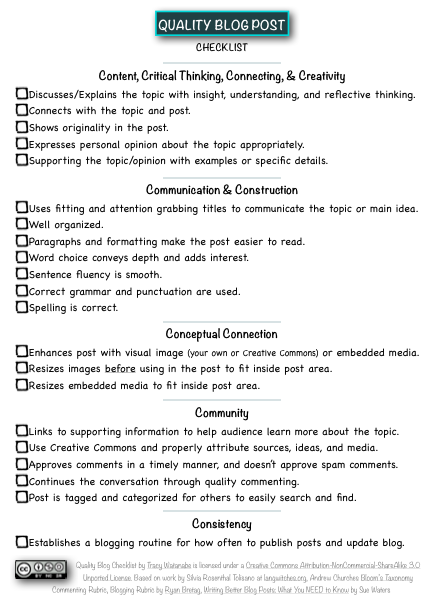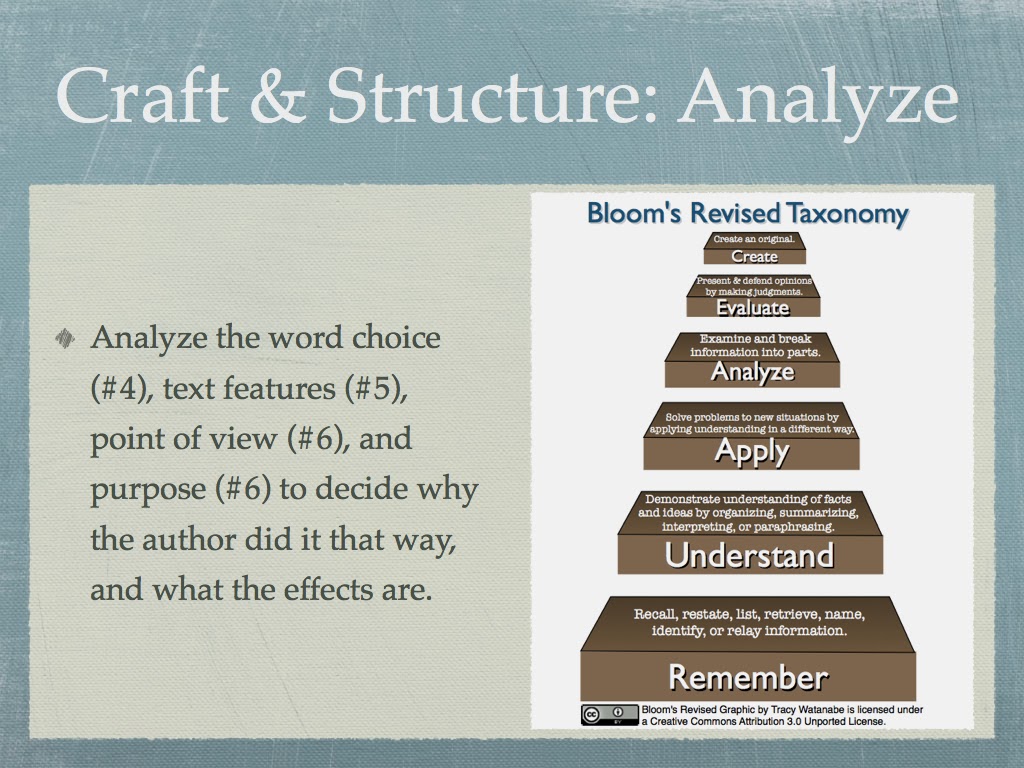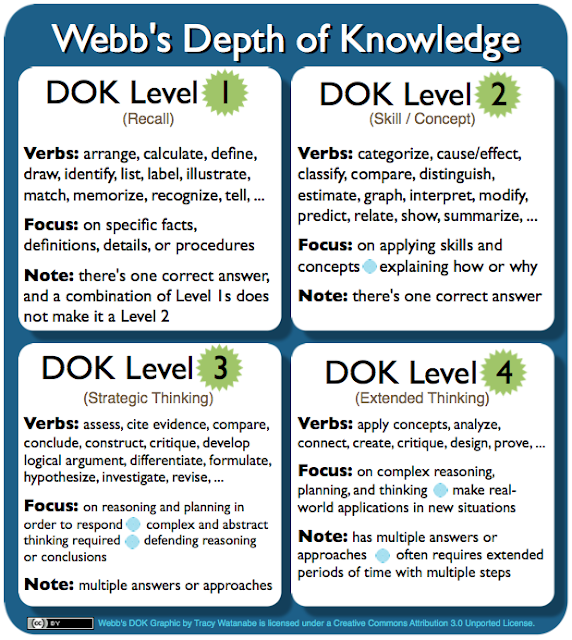Math in One-to-One
Math in one-to-one
When I was in Tina Jada's class, I saw students actively engaged, engrossed in their learning the standards at a deeper level, with a context for why they were learning and when they'd use these standards in the real world.
Here's a glimpse into her 7th grade class:
Different teachers, different approaches, great learning
When I was in Valinda Wells' class, I saw more great learning. Her class started with a quick review for students to start on their own. After a short amount of time, Ms. Wells' showed a Screenr video modeling her solving the problems, her metacognition throughout, and how she deduced the correct answer. While she played the video, Wells was free to walk around to provide feedback, check for understanding, or guide learners if needed.
Next, the students quickly moved to new places in the room. Ms. Wells grouped them based on their learning styles, interests, and readiness. While she'd work with one group, the others were learning from online tutorials or other interactive online content.
One group worked on math projects. Ms. Wells offered a few different projects based on interest and readiness. Both projects required converting percentages to decimals, calculating sales tax, tips, discounts, and totals.
One project was a Menu Project:
Ms. Wells designed the learning in her classroom based on task analysis and learning styles. She grouped them according to pre-test data and ongoing formative assessment.
Having the content online provided the students with multi-media tutorials and interactive learning. It also gave Ms. Wells the opportunity to work with all the students, tailoring instruction to their individual needs.
Final remarks
Both teachers had different styles, and both focused on the learning. They made math relevant and connected to the real world.
- What did you notice about the learning in these two rooms?
- Is there an advantage to learning math in one-to-one classrooms?




Tracy
ReplyDeleteI find this post really interesting, although I was disappointed when I couldn't see the screenr video! By math-one-to-one I take it you mean making math relevant to individuals or small groups rather than teaching a whole class?
Next year I hope to let students choose what they work on within boundaries of course. I am not sure how I am going to work it but I think it will suit at least some of my students - the more able ones. I think I may need then to guide less able more. Thanks for this post. Thought provoking and I am put it in my Diigo file to come back to.
Kathryn
Tracy,
ReplyDeleteThanks for showing the world what goes on in a true 1 to 1 school. I loved seeing Tina and her students engaged and involved. Then the next link went to Valinda's web page, where I was totally engaged for a long while checking out all the links and Sqworl pages. I did find two Screenr videos at the bottom of the page where she checks the work. What an awesome idea! Students can re-watch, pause, let parents watch and learn--plus, bonus! She will have them for next time she needs them. Like Kathryn, I'm saving this post in my Diigo folder, and I've shared it with our math teacher.
Thanks again, Tracy!
Denise
Hi Kathryn and Denise,
ReplyDeleteThanks so much for your comments! Our students at CCJH all have a netbook that they take home. So the one-to-one refers to the student to device ratio.
Last year, we started 1:1 in 7th grade, and it really wasn't 1:1 in all of 7th grade until January of 2011. The students didn't start taking them home until October of 2011. This year, we are 1:1 in both 7th and 8th grade. So, this is relatively new.
I was trying to show that 1:1 is more than just an electronic worksheet. It actually changed the learning in classrooms so you'd see small group learning, and you'd see students utilize the device to learn and to create. You see, I cringe when I hear about 1:1 and hear the teacher is up front lecturing and the students are taking notes on their device... because there hasn't been a change from a teacher-centered environment to a learning-centered environment.
Major kudos to those teachers who were willing to try things differently to see what works best for their students with their teaching style. They both differentiate the learning with technology, and both have different effective approaches.
Glad this post helped give a window into grouping, differentiating with tech, and 1:1.
Kind regards,
Tracy